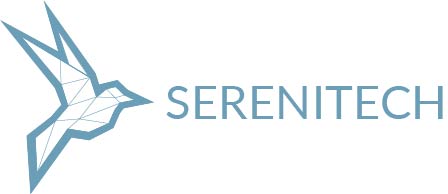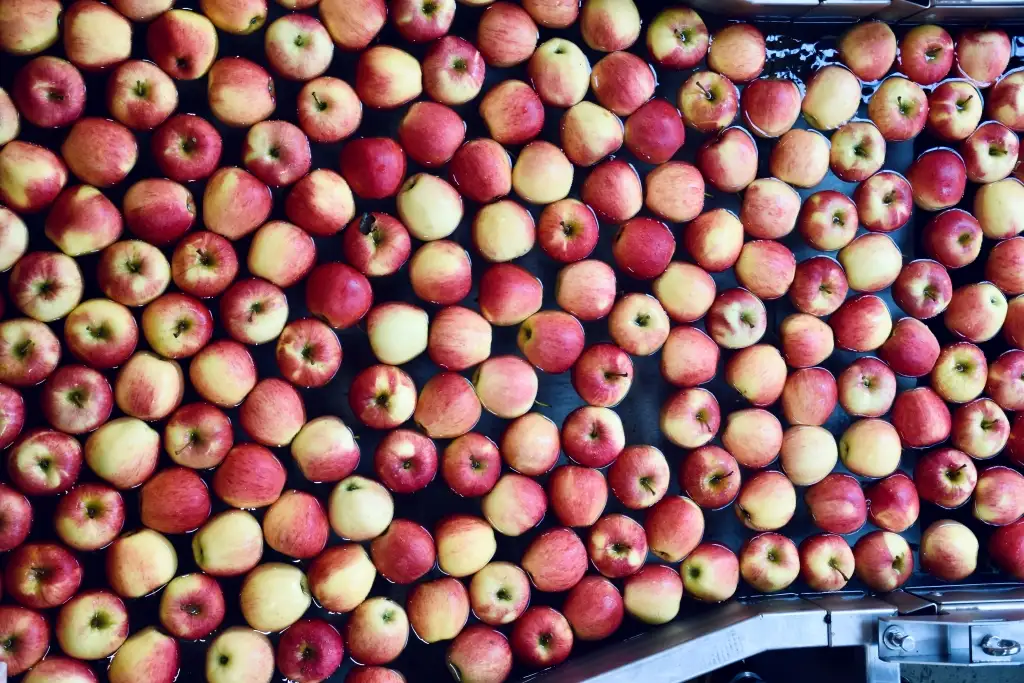Product quality, safety and reliability are fundamental principles in the manufacturing industry. Ensuring that products meet quality standards and pose no risk to consumers should be a constant priority for the sector. This is difficult and expensive but solutions incorporating artificial intelligence (AI) can be applied to reduce costs, and increase quality as well as customer satisfaction.
Advancements in artificial intelligence and computer vision are transforming how manufacturers approach quality control, offering unprecedented accuracy, efficiency, and cost savings.
The Power of AI in Quality Control
AI-powered vision systems are capable of detecting defects and inconsistencies that would be challenging or impossible for human inspectors to identify consistently. These systems use advanced algorithms and deep learning models to analyse images and video feeds in real-time, flagging potential defects in product quality.
Key Advantages of AI Vision in Manufacturing:
- Increased accuracy and consistency
- 24/7 operation without fatigue, eliminating inconsistency and human error
- Real-time defect detection and analysis
- Scalability to handle high-volume production
- Data-driven insights for continuous improvement
Real-World Applications and Success Stories
Automotive Manufacturing
In 2023, BMW announced the implementation of AI-based vision systems to inspect parts during assembly and it plays an active role during the production process. Their systems can detect defects that human inspectors might miss, ensuring higher product quality and reducing costs associated with rework and returns. The technology has led to a significant reduction in defect rates and improved overall production efficiency.
Electronics Production
In the electronics industry, where microscopic defects can lead to major failures, AI vision is proving invaluable. Intel has deployed an AI-powered wafer inspection system that can detect micrometre-sized defects invisible to the human eye. This system has the potential to save up to $2 million annually in scrap reduction alone.
Textile Industry
Hong Kong Polytechnic University developed an AI-powered fabric defect detection system that can be installed in weaving machines to help fabric manufacturers detect defects instantly during production. It has been shown to minimize the chance of producing substandard fabric by 90%.
One car seat manufacturer faced challenges with wrinkle detection in upholstery. By implementing an AI-driven inspection system, they achieved:
- 99% accuracy in defect detection
- Reduction in inspection time from 1 minute to 2.2 seconds per seat
- 30% reduction in overall defect rates
- 30-fold reduction in inspection costs
The return on investment for this system was realized in less than two years, demonstrating the significant financial impact of AI vision technology.
Food Quality Assurance
Food producers are increasingly leveraging AI technologies to revolutionize quality control and sorting processes for fresh produce. Companies like Clarifruit and TOMRA Food have developed AI-powered solutions that use computer vision and machine learning algorithms to inspect fruits and vegetables with unprecedented speed and accuracy. These systems can analyse thousands of items per minute, detecting subtle defects, and assessing colour, size, shape, and even internal quality parameters that human inspectors might miss.
By implementing these AI-driven technologies, food producers can significantly reduce waste, improve sorting efficiency, ensure more consistent product quality, and optimize their supply chains.
Conclusion
AI vision technology is not just improving quality control; it’s revolutionising the entire manufacturing process. By implementing these systems, manufacturers can achieve higher product quality, reduce costs, and gain a competitive edge in the market. AI-powered quality control will undoubtedly play a crucial role in shaping the future of manufacturing, and in turn, reducing the costs for products and produce.
Emerging trends include:
- Integration with IoT devices for comprehensive monitoring
- Automated adjustment of production parameters in real-time
- Enhanced traceability and compliance reporting
- Faster and more accurate quality assurance
References:
https://www.bmwgroup.com/en/news/general/2023/aiqx.html
https://cdrdv2-public.intel.com/821377/Intel_WaferThinningQualityWP_Whitepaper_Legal_Review.pdf

